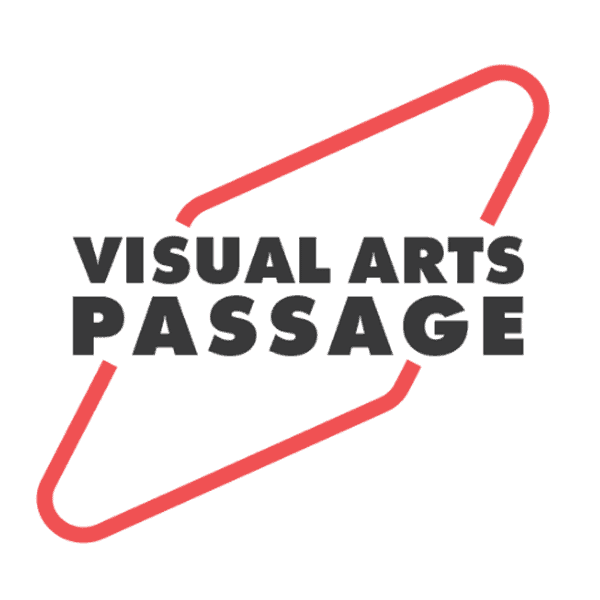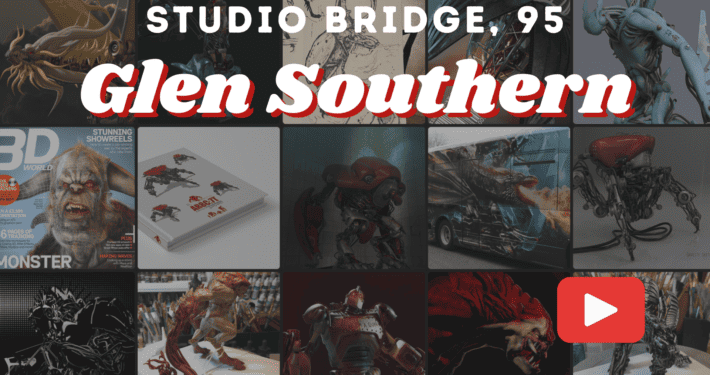The Future of Reference for the Modern Illustrator
Francis Vallejo takes an in-depth look at how reference for artists has evolved and will continue to change over the coming years.
Francis Vallejo
The vast majority of representational artists throughout history referred to source material, aka reference, to assist in the creation of a believable image. Before cameras, artists worked from life whether from live figure models or en plein air (painting landscapes live outdoors). Countless studies were made from life, and these prepared the artist to work on the final picture.
Norman Rockwell working from a live model. Generally however, Rockwell used extensive photo ref.
Later in the early to mid-1800s artists began utilizing the camera not long after it was invented, as a reference tool for their images. It was a revolutionary tool whose usage spread like wild fire. Ever since, illustrators have extensively used the camera to shoot reference. From Fechin, to Mucha, to Rockwell , to Alex Ross – it was, and is, an indispensable tool for an artist’s process.
Below are samples that include the reference photography next to the final art:
Alphonse Mucha had a scaffolding built for his Slav Epic
Harry Anderson’s photo reference
Dean Cornwell reference
Sam Weber reference and final image
Horn Book magazine cover and sketches by Francis Vallejo.
Anansi Boys Book Cover
Jazz Day interior illustration by Francis Vallejo.
So, in 2022, with new technological advancements being announced on a daily basis, what additional resources do modern illustrator have to aid them in their reference taking?
Below we are going to review a number of resources. Warning: I am going to include A LOT of links!
Video Stills Used As Photo Reference
Video quality has improved so much over the years that an illustrator can simply begin recording video of the reference session and direct the model to pose naturally. This video can then be reviewed by the artist, with appropriate frames extracted in high resolution to use as reference.
This is a huge deal! Prior, when shooting reference for movement (walking, jumping, fighting, etc) the artist would direct the model to pose. These poses usually resulted in stiff reference that needed livening up in the illustration. Now we can shoot video of more natural poses and better capture true gravity in the model’s gesture along with more accurate drapery.
3D Model Art Reference
Modern illustrators are beginning to regularly use 3D resources for reference. Of course, shoot as much as you can from life (either from human models or maquettes/action figures), but, if you need additional reference, particularly lighting, you may strongly consider using a 3D ref source. Consider these ref sheets from Paolo Rivera that he uses in conjunction with his photo ref:
Here are a few programs to consider (some are free, some cost a modest fee, some are easy to pick up and use, some take quite some time to understand):
- https://www.3dscanstore.com/ and rendered with https://marmoset.co/
- https://anatomy360.info/shop/
- Sculpt your own models in ZBrush or download existing Zbrush models
- My good buddy, and amazing illustrator Keyla Valerio introduced me to the apps Pose Tool 3D & Handy . I recommend starting with these apps if you haven’t used much 3D before.
Some illustrators are starting to use VR for reference. In my opinion, VR is going to become the dominant reference tool over the next 10 years. Gravity Sketch can be used to layout scenes in virtual reality and then exported as illuminated reference and this is just scratching the surface. The world is slowly being scanned into 3d models, and illustrators will be able to walk among those models in VR looking for the perfect angle and lighting for their poses and scene!
Additionally, artificial intelligence will continue to influence the creative process and tangentially the reference gathering. To what extent? I can’t answer that one yet.
Environmental (and prop) Reference
Similar to figures, the ideal is to shoot your environment (and prop) ref in person on location with appropriate lighting. If this is not possible, consider using the following 3d resources. These are VERY easy to use, and do allow the easy lighting of the scenes. You can move around the scene in browser, but to light them you have to download the app.
Many times when cranking away on a deadline, having to draw a vehicle, weapon, bicycle or generally anything mechanically complex can take an abundance of time to draft out. Why not pull up those items on the following sites, rotate them to the angle you need (in browser), and proceed with a smile knowing how efficient you are.
Sketchup (when you click the model, click “see more details” to move into the screen that allows you to move in the 3d space in browser, click the arrow in the window on the right for navigation buttons). It’s also GREAT for simple lighting. Here is demo that displays the potential of lighting a scene in the app:
Sketchfab is a similar, and generally more detailed version of Sketchup.
3D Model Art Reference Tools: Need bike reference? Search for it on Sketchfab. Click a 3D model you you like and move it in 3D space “in-browser.”
Google Search aka Existing Internet Reference
We’ve all done it. Googled an element of our picture and used it as reference. As long as we are not breaking copyright, it’s not necessarily a problem. But many times that reference is simply “good enough.” The lighting is most likely poor, the resolution is tiny, and the angle is a bit off. But we make it work. There is comfort in Google search reference hunting. It’s relatively easy. Shooting reference of a model or lighting a model in 3D is quite a bit more physical, social, and mental work, but also usually leads to far better reference and leads to more successful pictures.
The time we save by using a quick Google reference picture usually adds time in the finishing process as a result of having to make up elements the ref lacks. The extra time we spend creating custom ref (via photo ref or 3D) reduces the amount of finishing time. In the end, they both take the same amount of time, but one approach generally results in higher quality work.
Conclusion
Illustration has always been a medium that:
(A) Utilizes the technology of the day. From photography, new media like acrylic paint (became available to artists in the 1960s), to Photoshop and later digital tools, to movement and the proliferation of .GIFs, illustrators have always been on the cutting edge of technology, asking how it could benefit their workflow and create new pictures. This transition into 3D, VR, and AI is only natural.
(B) Is created under quick deadlines. I’m sure many of us would love 1-2 years to work out a picture. But that is never really the case in commercial illustration. If we work representationally we WILL need reference. Deadlines and the demand for content is not slowing down, so we owe it to ourselves to asses the reference tools available to help make our process more efficient and allow us to continue to best find that work/life balance.
By no means am I suggesting that modern illustrators must learn 3D and all these modern tools to stay relevant. Heck, my finishes generally are created with analogue tools. But hopefully this article assists in exposing folks to the variety of tools at your disposal as far as reference goes. Now it’s up to you to use the ones that most make sense with your artistic goals and specific industry requirements.
Which ones will you use?
Francis Vallejo
Illustrator & Painter

















